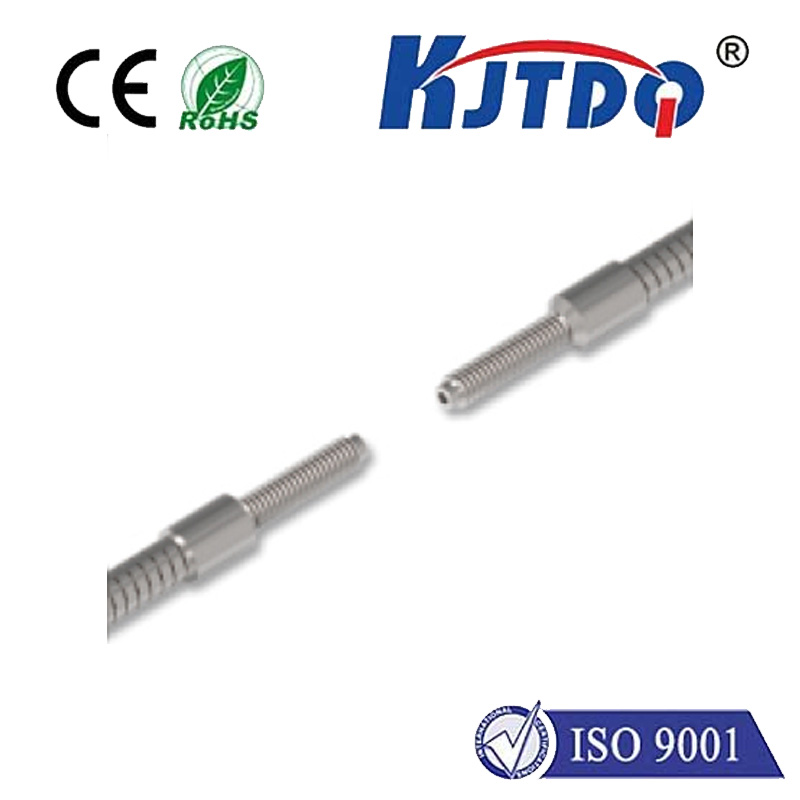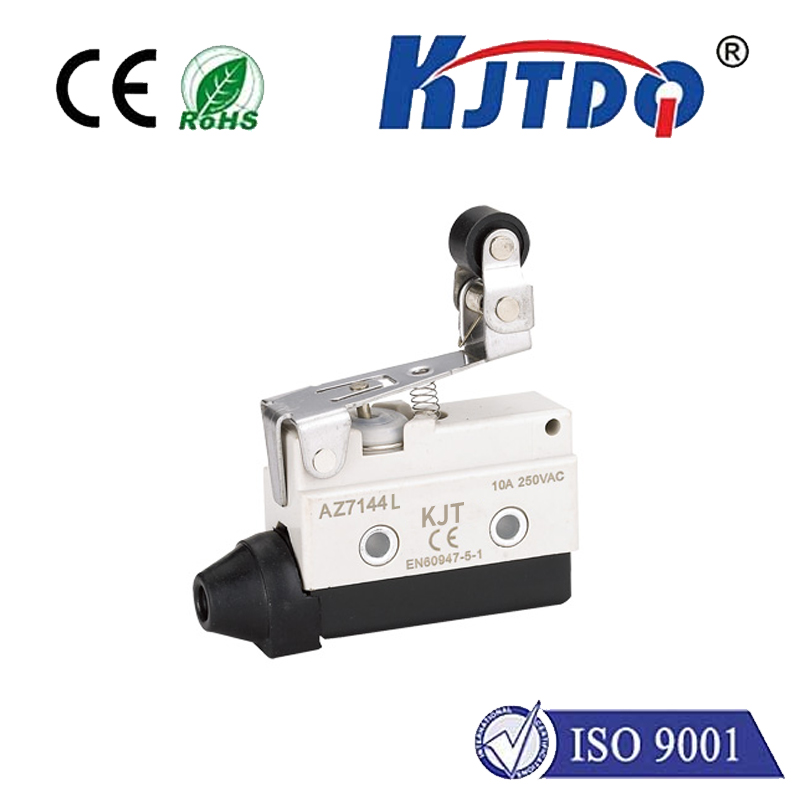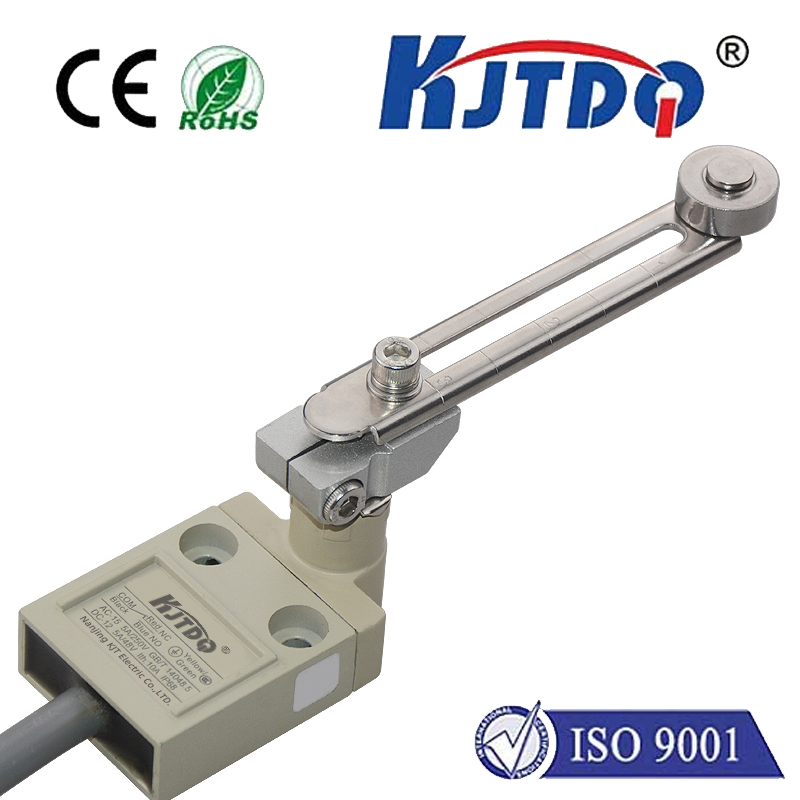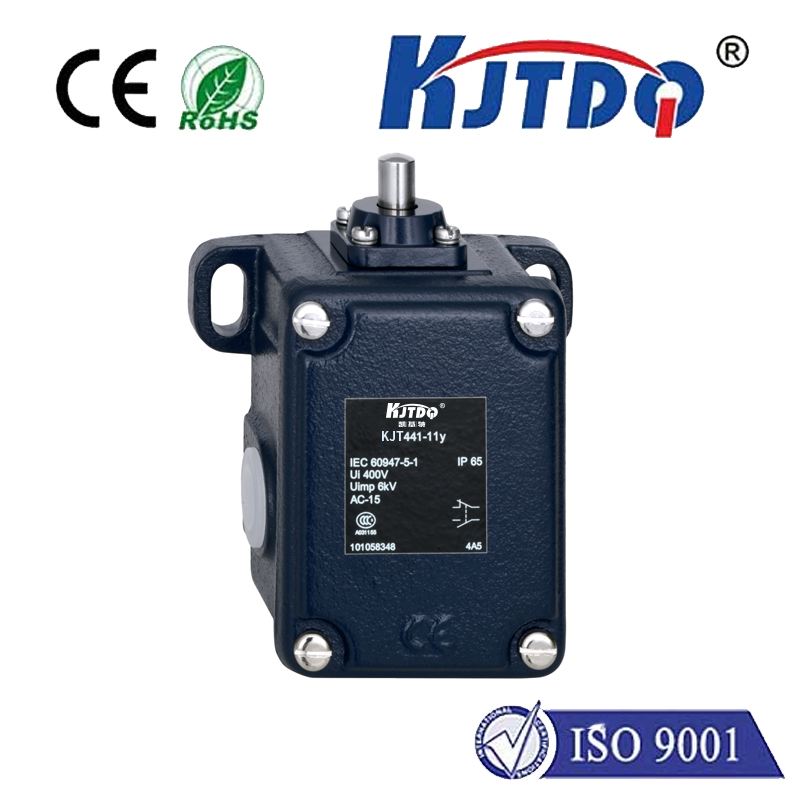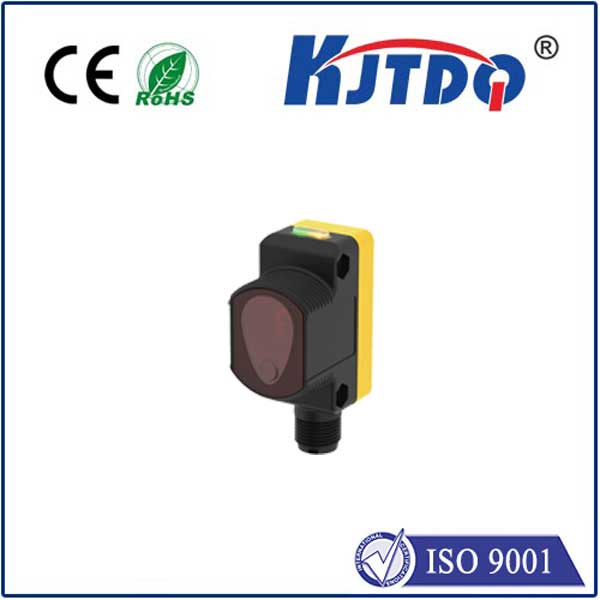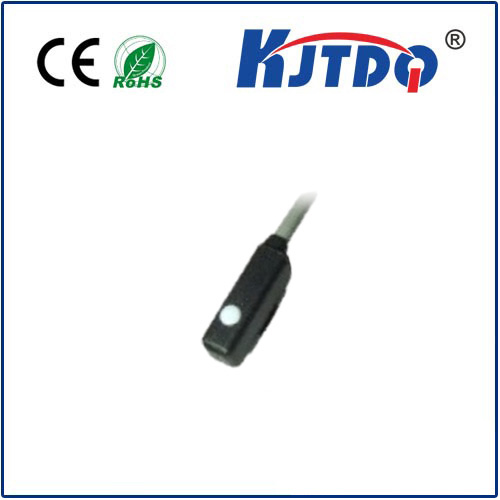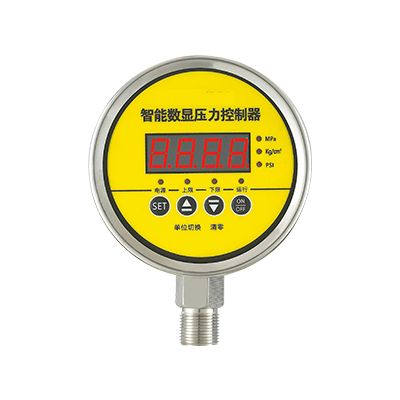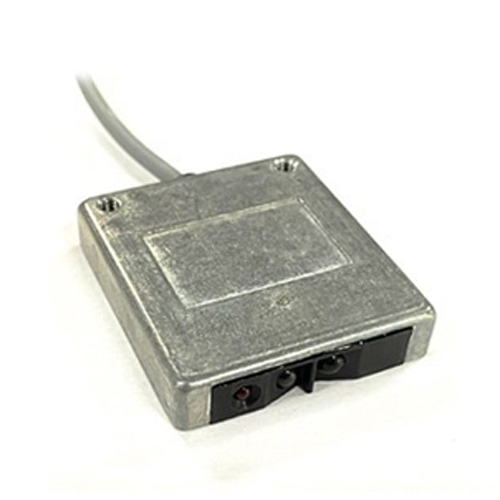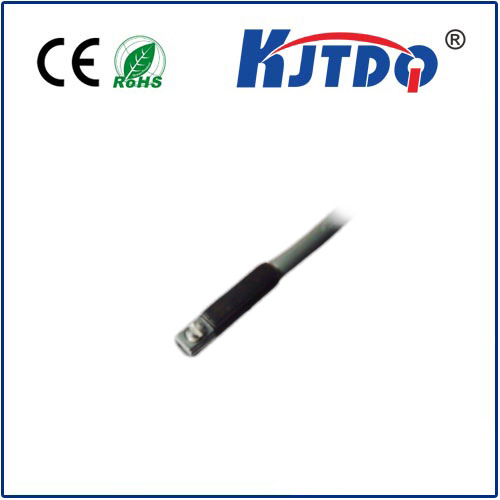

check

check

check

check
Imagine a bustling oil rig where massive machinery operates under extreme pressures, or a high-stakes pharmaceutical lab handling volatile compounds. In such environments, even a minor oversight can lead to catastrophic failures. That’s where the BES0068 high pressure proximity sensor steps in—a cutting-edge solution designed to detect nearby objects without physical contact, ensuring unparalleled safety and precision. This advanced device isn’t just another sensor; it’s a game-changer for industries grappling with hazardous conditions. In this article, we’ll dive deep into its innovative features, seamless functionality, and real-world applications, showing why it’s becoming indispensable in modern engineering. Forget outdated methods; the BES0068 is here to redefine how we monitor and protect critical systems under duress.
At its core, the BES0068 represents a specialized class of proximity sensors tailored for high-pressure scenarios, where standard detectors falter. Unlike conventional sensors, this model excels in environments exceeding 1000 psi (pounds per square inch), making it ideal for sectors like oil and gas, aerospace, and chemical manufacturing. The “proximity” aspect refers to its ability to sense objects at close range—typically within a few millimeters to centimeters—using non-contact technology. This eliminates wear and tear from physical interactions, extending the device’s lifespan dramatically. For instance, in hydraulic systems where fluid pressures soar, the BES0068 proximity sensor detects leaks or obstructions instantly, preventing costly downtimes. Its robust build incorporates stainless steel housing and IP67-rated seals, ensuring resistance to corrosion and ingress. Crucially, the high-pressure capability allows it to perform reliably in depths or confined spaces, a feat that sets it apart from compes. As industries push boundaries, this sensor emerges as a sentinel against unseen threats.

Delving into its workings, the BES0068 leverages electromagnetic or capacitive principles to detect nearby objects. Simply put, when an item enters its sensing zone, it disrupts an electromagnetic field, triggering an electrical signal that alerts control systems. This non-invasive approach minimizes false readings and operates silently, even amidst vibrations or temperature fluctuations. Key to its prowess is the patented pressure compensation mechanism, which adjusts internal components to withstand external forces without distorting accuracy. Specifications reveal a sensing range of 1–10 mm, response times under 5 milliseconds, and compatibility with voltages from 10–30 V DC. Such precision ensures it catches minute anomalies, like a valve misalignment in a pipeline, before they escalate. Moreover, integration is seamless—engineers can connect it via standard interfaces like IO-Link, enabling real-time data flow to IoT networks for predictive maintenance. This blend of speed and adaptability makes the high pressure proximity sensor not just a tool, but a smart ally in risk management.
When it comes to applications, the BES0068 shines across diverse high-stakes arenas. In the energy sector, it monitors drilling equipment on offshore platforms, detecting metal fragments or seal failures under crushing pressures that could cause blowouts. Here, the proximity sensor’s role in averting disasters saves millions in potential damages. Similarly, in automotive manufacturing lines, it ensures robotic arms avoid collisions during high-pressure assembly processes, boosting efficiency by up to 30%. Pharmaceutical labs use it to track vials in sterilization chambers, where sudden pressure changes demand flawless detection. The healthcare field even adopts it for MRI machines, where magnetic fields require non-metallic variants to maintain patient safety. Each scenario underscores the versatility and reliability of this model, proving that the BES0068 isn’t confined to niche uses—it’s scalable across modern industries. As demand grows for automation in hostile settings, its deployment could prevent countless accidents, reinforcing why experts call it a cornerstone of industrial evolution.
The advantages of integrating the BES0068 extend far beyond basic detection. Firstly, its exceptional durability means fewer replacements, reducing operational costs by up to 40% compared to traditional sensors. In high-pressure zones, where failures are frequent, this longevity translates to uninterrupted workflows. Secondly, the enhanced accuracy minimizes false alarms—a common pitfall in proximity sensing—thus optimizing resource allocation. For instance, in water treatment plants, it precisely monitors pump systems, conserving energy and preventing overflows. Thirdly, safety is paramount: with certifications like ATEX for explosive atmospheres, it provides peace of mind in volatile conditions. Businesses adopting this sensor report faster ROI through reduced maintenance and incident rates. Innovators are already pairing it with AI platforms to predict equipment wear, signaling a shift towards proactive, rather than reactive, operations. Ultimately, the BES0068 high pressure proximity sensor empowers industries to operate smarter and safer, setting new benchmarks in technological resilience.
As we explore these facets, it’s clear that the BES0068 stands at the forefront of sensor innovation. From oil fields to high-tech labs, its ability to thrive under pressure transforms how we approach challenges, fostering a future where human error is less of a concern. With continuous advancements, like wireless variants for remote monitoring, this sensor is poised to become an even greater force in industrial landscapes.
